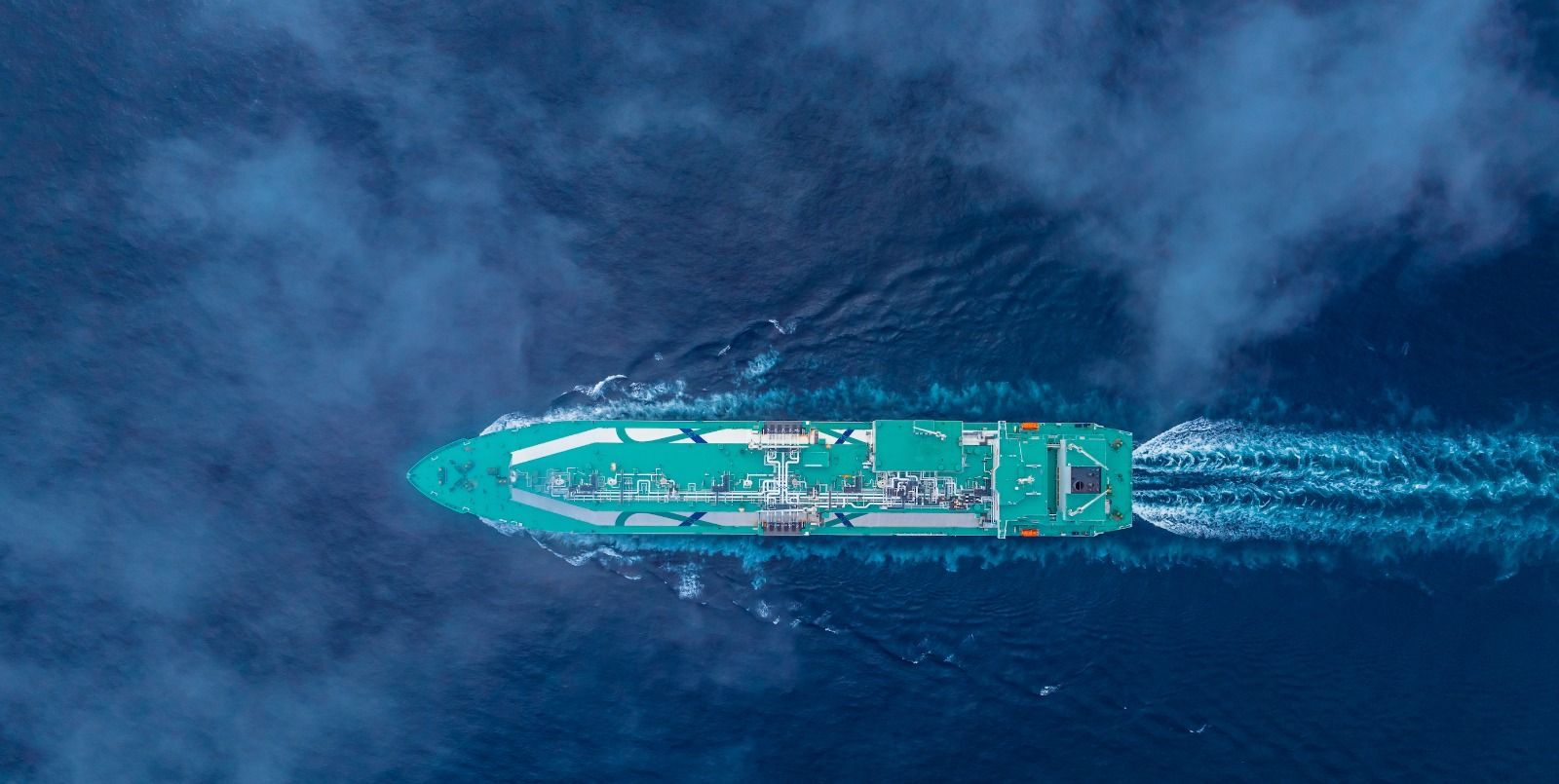Feasibility Study of Receiving Ultra-Cold, Nitrogen-Rich LNG at Fos Cavaou Terminal
Authors:
Ana Leticia Gondim de Carvalho, Elengy – Technical Division
Vincent KOZLIK, Elengy – Technical Division
Inès GHAZOUANI, Elengy – Technical delegation
Christophe DEVEAU, Elengy – Technical Division
Theme: Gas Processing, Liquefaction and LNG Storage and Regas Terminals
Related Topics: LNG Technology and Equipment, LNG specification, Regulation and Process Safety, Compositional changes and impact
Abstract:
The diversification of LNG supply sources introduces new operational and safety challenges for regasification terminals. This study explores the feasibility of receiving LNG that is colder than conventional LNG, characterized by a nitrogen content up to 1.5% mol and an equilibrium temperature as low as -165°C, at the Fos Cavaou terminal in France.
Through detailed simulations using LNG Master® (an inhouse software for LNG storage management) and Aspen HYSYS® (Process simulation software), the study evaluates the impact of this ultra-cold, nitrogen-rich LNG on terminal infrastructure and operations. Key aspects evaluated include:
• Thermal compatibility of cryogenic equipment with the new minimum service temperatures, including pumps, vaporizers, BOG compressors, pipelines, tanks, etc;
• BOG generation dynamics and composition analysis under varying terminal tank levels, ship pressure, terminal pressure, LNG composition in the terminal tank, unloading volume, unloading flow rate and filling modes (bottom vs. top);
• Risk of stratification and rollover, particularly under non-ideal filling modes;
• Risk of auto-stratification particularly in scenarios where nitrogen concentration exceeds 1% mol;
• BOG condensation risks in the annular space of self-supporting tanks due to very low temperature of unloaded LNG;
• Reincorporation capacity and potential cavitation in high-pressure and low-pressure pumps due to high nitrogen concentration;
• Regasification throughput limitations during winter, considering the lower enthalpy of ultra-cold LNG.
Results indicate that while the terminal infrastructure is technically compatible with the colder LNG, operational constraints such as BOG compressor capacity, potential low-pressure pump cavitation, nitrogen-induced stratification risks and BOG interwall condensation require careful management. Mitigation strategies include terminal and ship pressure optimization; controlled unloading rates; maintaining sufficient LNG levels in the tank to avoid cavitation; optimization of terminal emission capacity scheduling to ensure reincorporation performance during ultra-cold LNG unloading.
This study contributes to the broader understanding of how evolving LNG specifications impact terminal design and operations, and proposes a decision-making framework for safely integrating new LNG qualities into existing infrastructure while ensuring both operational continuity, safety and regulatory compliance.




)
)
)
)
)
)
)
)
)
)
)
)
)
)
)
)
)
)
)
)
)
)
)
)